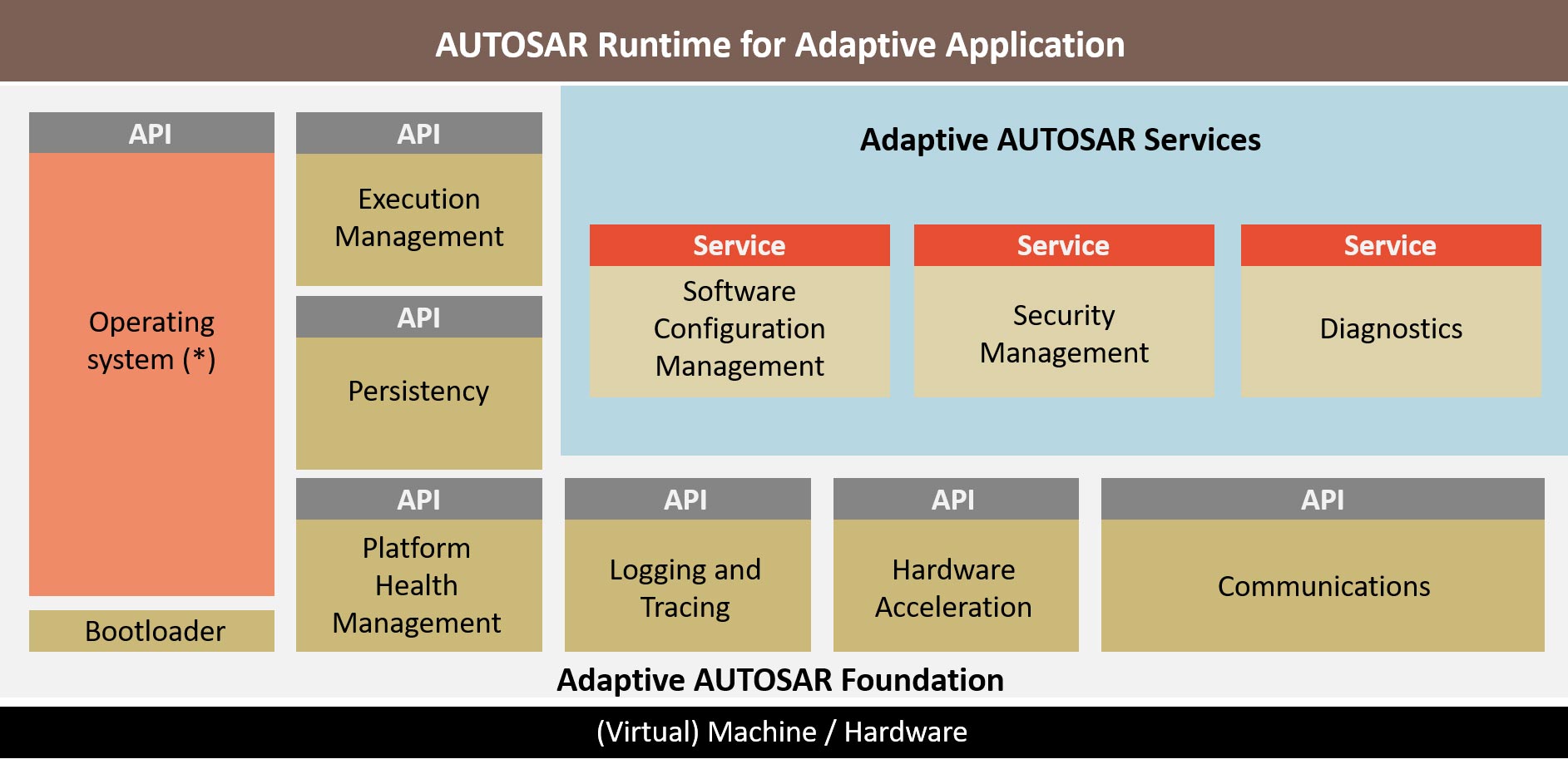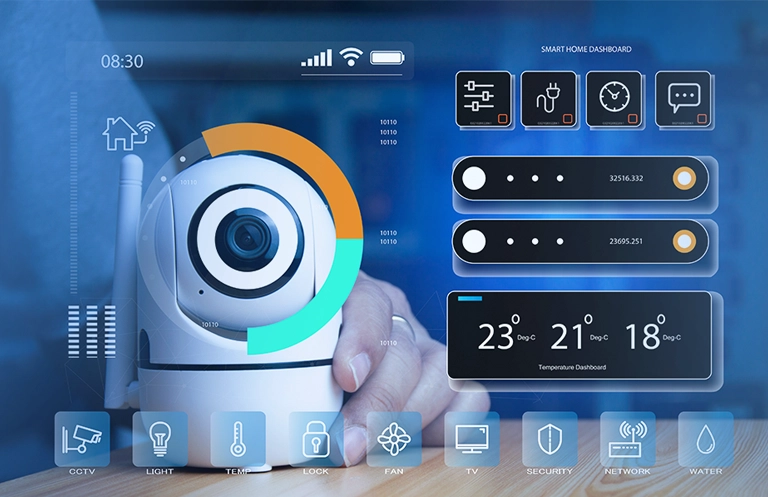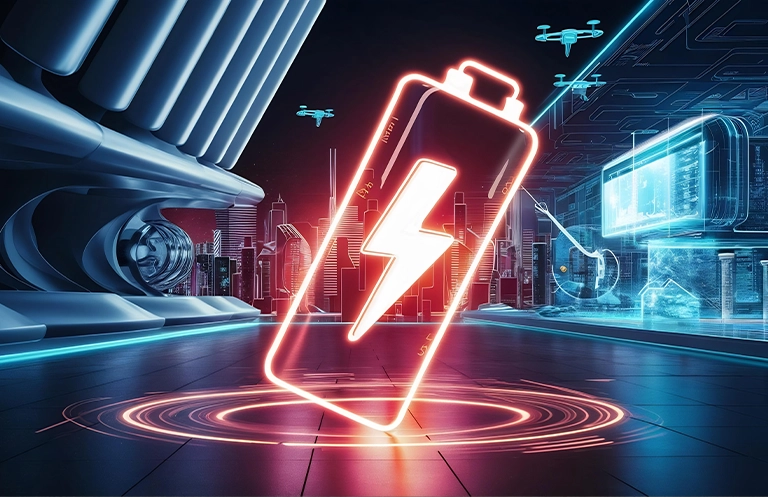Automotive systems have been growing exponentially and trends like autonomous driving, predictive maintenance, v2x connectivity, OTA updates, and vehicle electrification are a prime focus for OEMs and their customers. The use cases introduced by these trends are transforming the technological experiences across automotive subsystems.
While the classic AUTOSAR platform helped OEMs and their suppliers with standardized software platform by establishing common ECU software architecture, increased reuse, and unified language methodology, it also faced limitations to support complex, powerful, and flexible E/E architecture required for next-gen automotive trends.
The AUTOSAR adaptive platform, on the other hand, is scalable, robust, and incremental. It offers flexible software configuration to support autonomous driving, v2x connectivity, and other high-end applications that can be updated over vehicle’s life cycle.
AUTOSAR adaptive platform provides application developers a stable programming interface called AUTOASR Runtime for Adaptive Applications (ARA).
Let’s take a look at some of the requirements that are needed to support future automotive applications using AUTOSAR adaptive platform:
- High-Performance Computing
- Easy Configuration and Diagnostics
- Faster Development Cycles / Rapid Prototyping
- Multicore Processor Support
- Interoperability with Classic AUTOSAR Platform
The above-mentioned requirements to run Adaptive AUTOSAR applications can be achieved using some of the specific characteristics of the Adaptive platform, which can be described as:
- Service-Oriented Architecture (SOA): AUTOSAR adaptive platform focuses on flexibility and scalability and is thus designed over service-oriented architecture. SOA allows designing flexible ECUs software that helps in reducing the complexity and improving reusability and portability of the software components.
- Programming Language: Adaptive AUTOSAR depends on C++14 language standard. Usually, C language is the prime focus to develop any automotive application, but the complexity of the Adaptive platform led to the adoption of C++. Compared to C language, C++ provides a better mechanism for data encapsulation and supports large and distributed systems in a better manner.
- Operating System: AUTOSAR adaptive platform runs on POSIX based (PSE51). POSIX stands for “Portable Operating System Interface” through which one can access the OS. Through PSE 51, approximately 300 API can be used, which allows better portability. POSIX based (PSE51) also supports preemptive multitasking and allows dynamic number of tasks.
Adaptive AUTOSAR Architecture
Adaptive AUTOSAR Architecture consists of four main layers:
- Hardware / Virtual Machine: This is the first layer of the architecture and is referred to as a virtual machine, on which the Adaptive AUTOSAR foundation is formed and Adaptive applications run.
- Adaptive AUTOSAR Foundation: The Adaptive AUTOSAR foundation contains the basic services for the applications, which abstract the hardware and provides an opportunity for applications to run efficiently and to gain access down.
- Adaptive AUTOSAR Services: Adaptive AUTOSAR services manages the communication between the Adaptive AUTOSAR applications.
- Adaptive Applications: Adaptive application runs on top of the architecture and uses the services provided by ARA (AUTOASR Runtime for Adaptive Applications). ARA provides APIs for Adaptive AUTOSAR services like Software Configuration Management, Security Management, and Diagnostics.

The above-discussed characteristics and architecture explain the technical background of the AUTOSAR Adaptive platform to support the future use-cases of automotive trends like:
Autonomous Driving
To design the features of autonomous driving, vehicles must have intelligent ECUs that can deal with the enormous amount of data. Autonomous vehicles have to communicate with the changing surrounding environment, manage signals from the hundreds of in-vehicle sensors, and deal with the big data that flows in the intelligent ECUs. Intelligent ECUs require in-vehicle software to be updated during a vehicle’s life cycle due to evolving external systems and improved functionality. Autonomous vehicles of level 4 and level 5 (partially or fully autonomous vehicles), use highly complex algorithms, maps, and sensor fusion to function and adaptive platform helps in enabling them all.
Connected Vehicles
Vehicle connectivity is the next big thing that is emerging exceptionally. Vehicle-to-vehicle (V2V), Vehicle-to-everything (V2X), remote diagnostics, and cloud-based analytics are some of the hot trends in the connected vehicle paradigm. V2X systems require secure communication with other vehicles and off-board systems, which may be non-AUTOSAR systems. Next-gen vehicles will be connected to other vehicles, smartphones, traffic infrastructure, etc. and in-vehicle V2X applications will be required to be updated over the air (OTA); this is where the AUTOSAR adaptive platform assists.
Vehicle Electrification
The other emerging automotive trends like vehicle electrification require a complete system-level approach in design, as its single function can create an impact on other important functions. EV charging, charger communication and hybrid electric vehicles functions are associated with functionalities of electric vehicles only and needed to be addressed by intelligent ECUs in a different manner than in gasoline powered vehicles. The electric vehicles requires different sets of ECU software and solutions when it comes to v2v, v2x connectivity, body domain controller, and OTA software updates. The AUTOSAR is the only capable platform that can meet the incremental requirements of electric vehicles in communication, connectivity, and other areas.
Classic and Adaptive AUTOSAR are Complementary
While AUTOSAR classic platform supports classic automotive functions such as ignition, front and rear light management, engine control, torque control, etc., AUTOSAR adaptive platform is an evolving platform, which requires high performance computers, that are embedded with intelligent ECUs to empower infotainment, HMI, ADAS functions, connectivity, and more. The functionality of updating the ECU software over the air will eliminate the probability of introducing new ECUs to the vehicle.
The AUTOSAR adaptive platform has given advantage to OEMs to launch their high-end vehicles with minimal functionalities. The scalability and flexibility of the adaptive platform allows vehicles to upgrade the applications and features over the vehicle’s life cycle and that’s how the vehicles improve their performance.
Why eInfochips for AUTOSAR Services?
eInfochips (An Arrow Company) as an associate partner of AUTOSAR, assists in AUTOSAR-related solutions like configuration and development of BSW, integration, system communication and memory stack integration, upgrading platform software to new AUTOSAR versions as per specifications, and more. Know more on eInfochips Automotive Engineering Services and Solutions.













